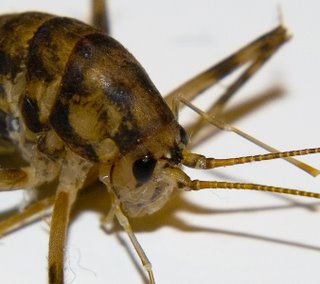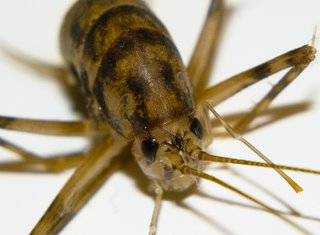So I started my venture to buy a tripod. My first take was that I need something with three legs on which I can put my camera. Right? Wrong!!!!
A good tripod is a must. Buy a cheap tripod and you will undergo immense frustration instead of the joy of photography. The problems with a bad tripod are:
- They are unstable, i.e., they move a lot.
- They vibrate so the shutter of the camera can result in a movement that can spoil a picture.
- The levers to adjust the camera angle on a bad tripod will drive you nuts. Just when you think you have the right position and your hand moves off the lever the camera dips.
- They do not offer too many features, i.e., angles in which a camera can be mounted.
- They do not provide the ability to change the mount/head, i.e., the part to which the camera is mounted and which swivels etc.
So basically a good tripod should shield you from all of the above. Then what should a good tripod have?
Stable and Light Weight
Most good tripods will offer great stability. Of course this stability comes at a cost. Not just $$ but also weight. I need a tripod that I can carry. I do not do potrait photography. Carrying a tripod on a long backpacking trip in the mountains can be a pain. So I needed something stable yet light enough to carry. This made my search tougher, though not impossible.
Changeable Heads
A tripod should allow you to change the type of head being used. To the best of my knowledge there are two types of heads that fit on a tripod. A ball head and a three way head. I ball head screws on to a tripod and then you attach the camera to the ball head. It has a singled knob used to tighten it once your camera is in position. The camera is positioned by simply rotating it on the ball head.
This is a Bogen Ball Head.

A three way head has three levers that allow you to move the head and then you tighten them when you find your position. With a three way, you can loosen just one lever that will allow movement in just one direction.
This is a Bogen three way head.
 Low Min Height
Low Min HeightTh tripod should be able to go very low. Almost to ground level. This allows you to take pictures of small flowers and insects.
Horizontal Camera MountingAnother critical feature for me was the ability to mount my camera such that it is facing downwards. Some tripods offer this feature by letting you remove the central beam on which the camer is mounted and place horizontal. See picture below.

Having laid down my criteria I went looking for tripods and realized they were quite expensive. Then based on recommendations from several friends I ended up buying the following:
- Bogen / Manfrotto 3021BPRO Tripod Legs with 804RC2 3-Way Head & Case
- Bogen / Manfrotto 486RC2 Compact Ball Head w/Rapid Connect System
The legs with the three way head and bag cost me $180 and the ball head about another $60. I got lucky as this was on sale. By no means is this cheap but its teh cheapest good quality tripod and head system I could get my hands on. I have to say this. I love this tripod. It is stable, the heads move with precision, there is no sagging after you take your hands away.
Labels: Ball Head, Bogen, photography, Three way head, Tripod








